LoyarBurok’s environmental column, Green Ink has been publishing more frequently than its initially planned once-a-month, no thanks to decisions such as this one – where plans are well on the way to build a 300MW coal plant on a paradise-like site in Sabah. This controversial proposal is well reported in mainstream media but seldom, if ever, accompanied by images depicting the paradise that will be paved. Green Ink is reproducing an article and photo essay from mongabay.com that shows us how much is really at stake.
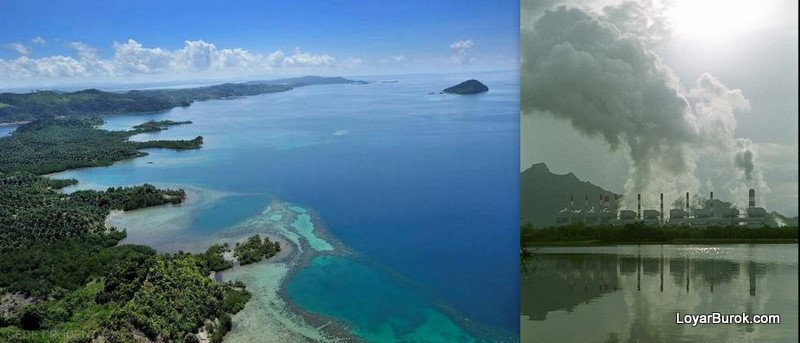
Photo of Lahad Datu bay by Cede Prudente. Photo of coal plant from greenpeace.org. Combination photo by LoyarBurok
Photos reveal paradise-like site for coal plant in Borneo
Jeremy Hance
mongabay.com
May 21, 2010
With the world’s eyes on the environmental catastrophe in the Gulf of Mexico, many are beginning to ponder the rightness of not just America’s, but the world’s dependence on fossil fuels. Yet large-scale fossil-fuel energy projects continue to march ahead, including one in the Malaysian state of Sabah on Borneo to build a 300 MW coal plant, which has come under fierce opposition from locals (already the project has been forced to move locations twice).
The newest proposal will build the coal plant, as photos below reveal, on an undeveloped beach overlooking the Coral Triangle, one of the world’s most biodiverse marine environments, with transmission lines likely running through nearby pristine rainforest that are home to several endangered species, including orangutans and Bornean rhinos.
A group of NGOs that oppose the coal plant, known as Green SURF (Sabah Unite to Re-power the Future), warn that the plant will come with a host of environmental problems, including discharges of chlorine and sulfates into the ocean, sulfur dioxide emissions that could cause acid rain, thermal pollution, and the need for new transmission lines, infrastructure, and cargo to carry coal from mines south in Kalimantan.
Green SURF has recently conducted an energy audit that showed Sabah has the capacity to develop cost-competitive power needs from a variety of other non-fossil fuel options, including palm oil biomass, solar, and hydrological.
To voice your opinion on the coal plant visit Green SURF. There are a number of campaigns, including a post card campaign, a petition, a Facebook group, and general information on Source Watch.
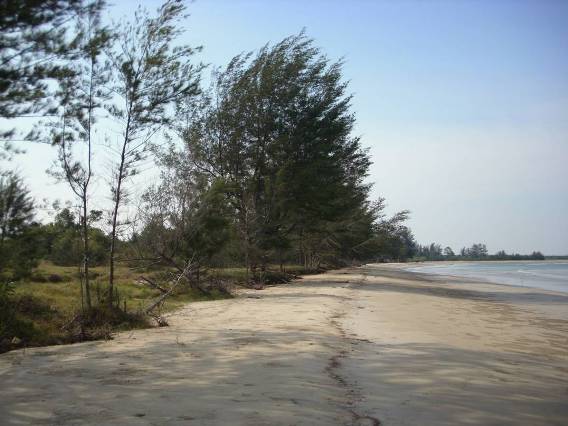
The proposed site for the coal plant, pictured here, sits on undeveloped pristine beach overlooking the Coral Triangle. With over 500 species of coral and 3,000 species of fish, the Coral Triangle is some of the most bio-diverse waters in the world. Last year Malaysia signed a pact pledging to protect the Coral Triangle.
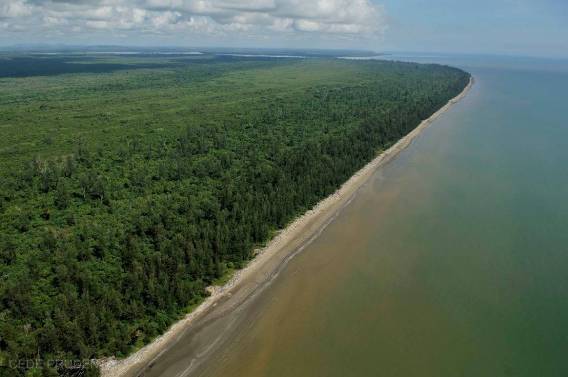
Coastal rainforest near the proposed site for the coal plant. Environmentalists fear that sulfur emissions from the plant could trigger acid rain damaging rainforests such as these.
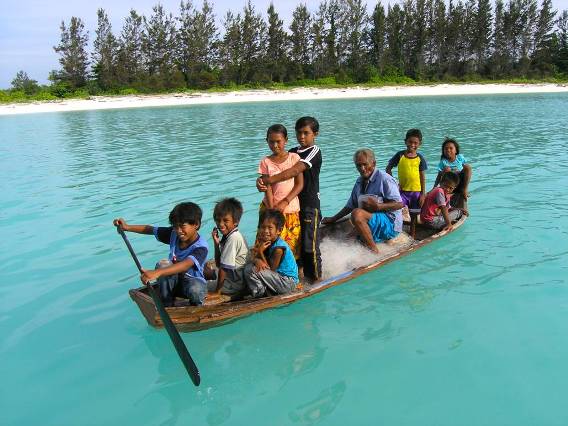
South of the proposed site, coastal communities in Semporna depend on good fishing waters for their livelihood. Environmentalists say that chlorine and sulfate waste from the coal plant would boost the likelihood of regional eutrophication and algal blooms, resulting in massive marine die-off.
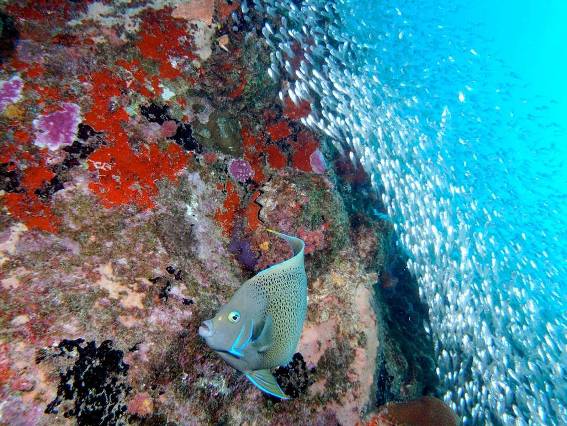
The rich and diverse marine life of Sabah not only supports local fishing, but draws tourism from around the world. Sabah has an international reputation as a “green state,” campaigners fear that a coal plant set on a pristine beach near primary rainforest will sully that image. Environmentalists say thermal heat from the coal plant could harm nearby coral reefs.
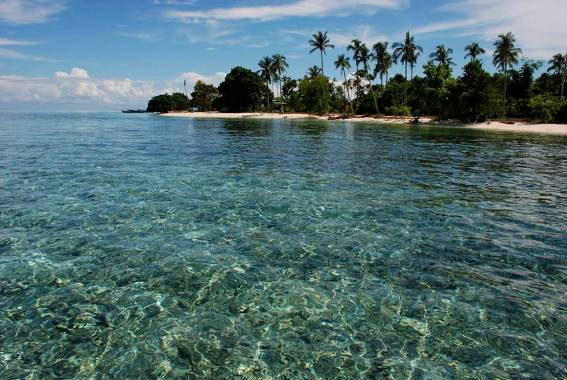
Tun Sakaran Marine Park , made up of pristine islands and marine waters, lies off the coast of Semporna less than 100 kilometers from the coal plant.
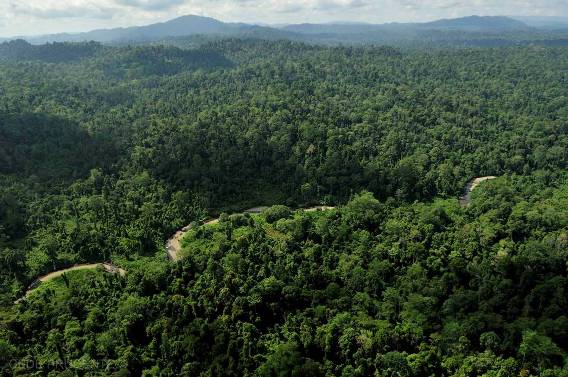
Primary rainforest, incredible biodiversity, and a host of endangered species, Tabin Wildlife Reserve is one of the treasures of Borneo. Transmission lines for the coal plant may cut close to the reserve, in addition, acid rain could bring pollution to the fragile environment.
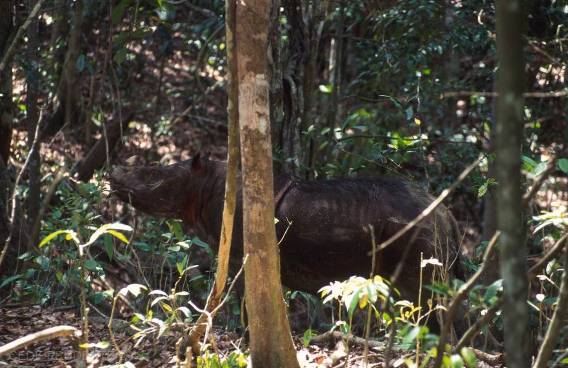
Tabin Wildlife Reserves is home to one of the last remaining populations of the Sumatran Rhino, classified as Critically Endangered by the IUCN Red List. Only 250 individuals of this species—the world’s smallest rhino—survive.
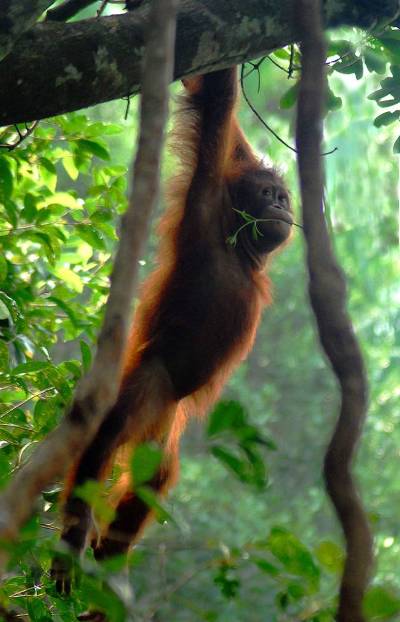
Tabin Wildlife Reserves is also home to the Bornean orangutan, currently listed as Endangered by the IUCN Red List. Orangutan populations in Sabah have dropped by 50 to 90 percent over the past few decades, largely due to habitat loss.
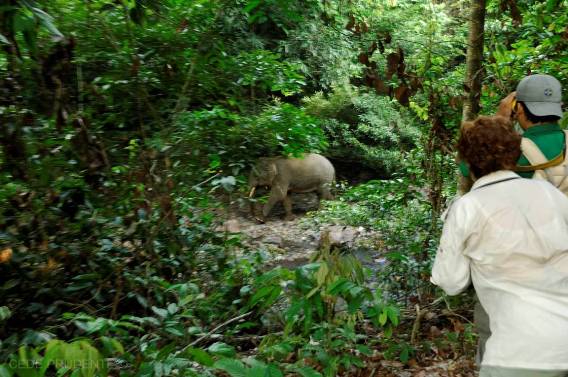
Tourists get a glimpse of the pygmy Bornean elephant, the world’s smallest elephant, in the Tabin Wildlife Reserve. They are a unique subspecies of the Asian elephant.
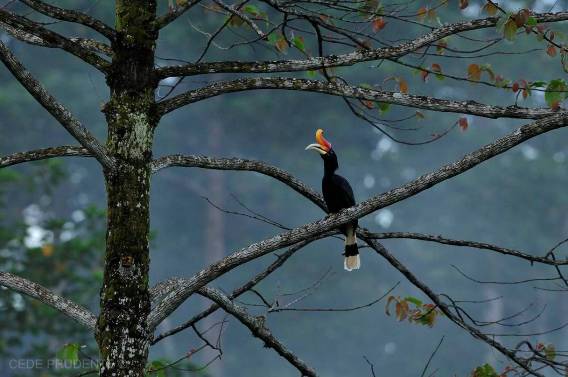
Tabin Wildlife Reserve is home to 220 recorded species of bird, including the pictured Rhinoceros hornbill. Research in the US has linked acid rain to some bird declines.
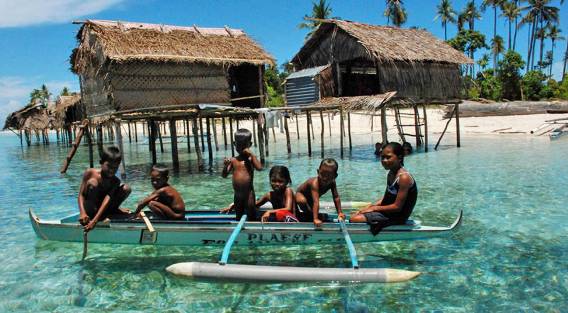
Local children from a fishing community near the proposed coal plant. At Copenhagen last year the Prime Minister of Malaysia, Najib Tun Razak, agreed to reduce the country’s carbon emission intensity by 40 percent by 2020. This month the Prime Minister wrote in a blog that the country “skewed too much in favor of natural gas and coal” and that the “imbalance needs correcting”, despite this sentiment and his pledge at Copenhagen the coal plant in Sabah moves forward.
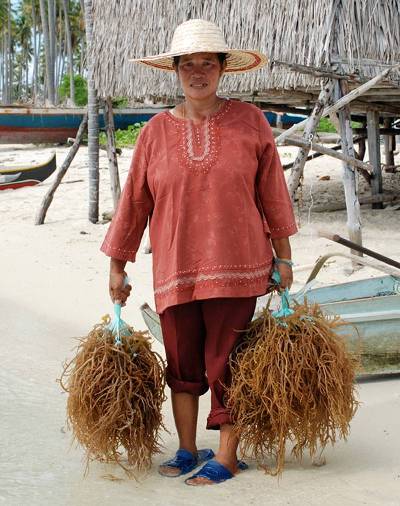
A woman cultivates seaweed at Tun Sakaran Marine Park.
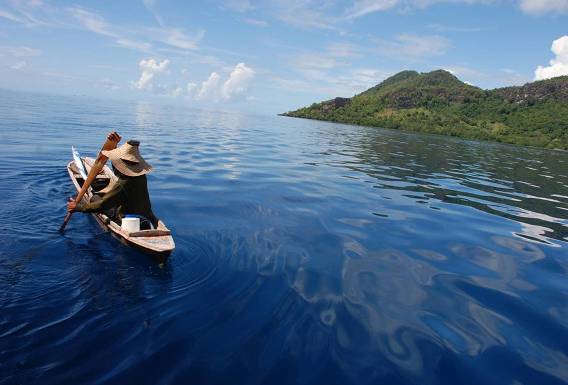
Paddling in Tun Sakaran Marine Park.
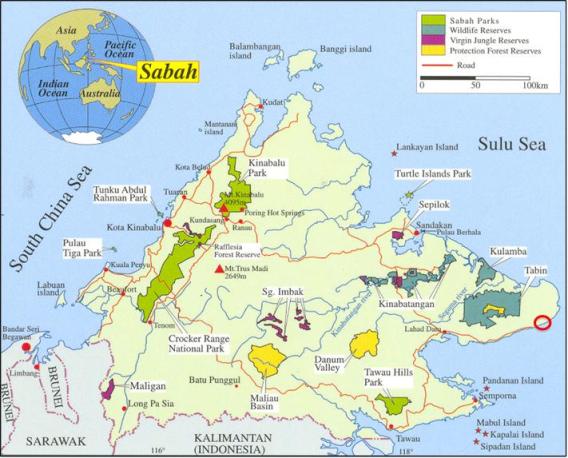
The circle denotes the coal plant – on the northern edge of Lahad Datu Bay. Tabin Wildlife Reserve is to the west, Semporna (Tun Sakaran Marine Park) is to the south.
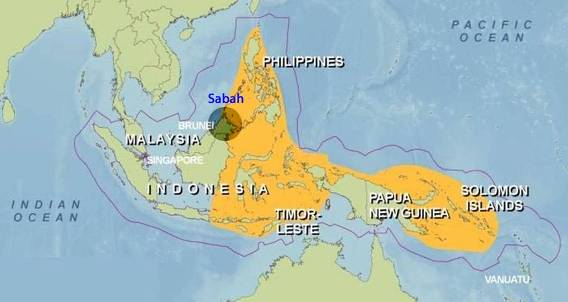
Map shows Sabah’s place in the coral triangle.

LB: This article was originally published in mongabay.com and can be found here.

coal plant for power? then what about bakun?
Nuclear the way to go.
OMG!! Is there no end to human greed???
I'd love to go there for a holiday!
The pictures are awesome, Definitely a paradise. Another project by BN to kill the environment?